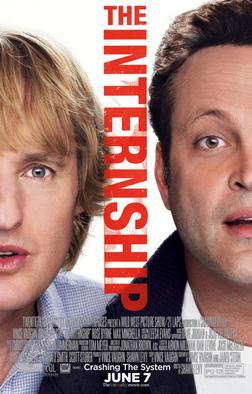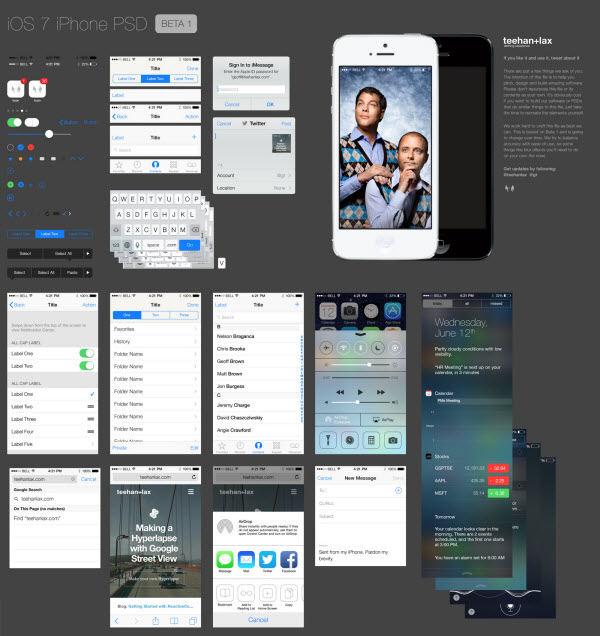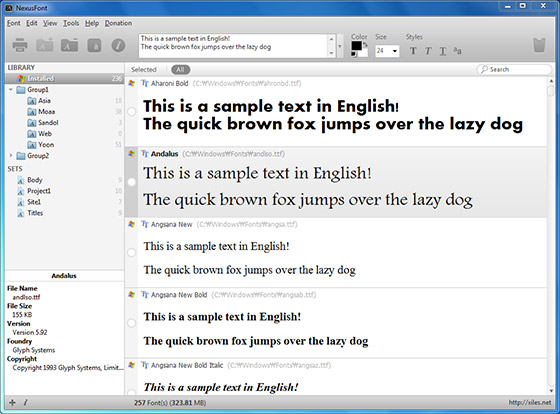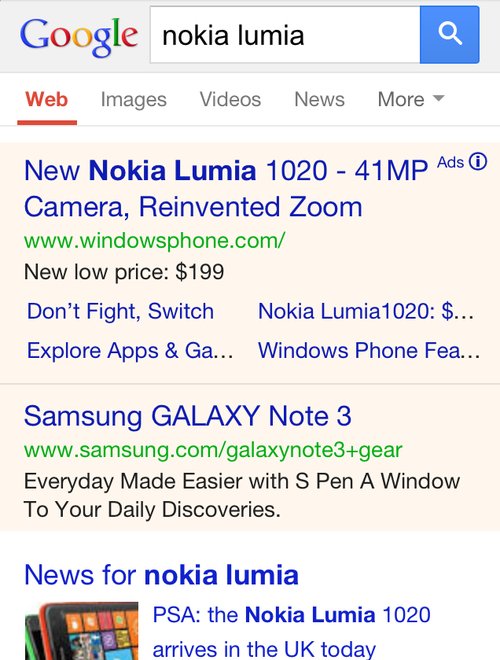 An online marketer’s day is often very hectic. There are so many things you have to take care of for your campaigns and sites, but then you also have to manage clients. Thankfully, if you work at a larger company, you may have the benefit of keeping interns around.
An online marketer’s day is often very hectic. There are so many things you have to take care of for your campaigns and sites, but then you also have to manage clients. Thankfully, if you work at a larger company, you may have the benefit of keeping interns around.
Internships are a common and popular way for college students or recent graduates to get experience in their field of choice. In some cases, these internships directly lead to full-time employment, while in others it simply gives the interns the skills and experience needed to break into their field. Many places offer paid internships, which pay less than full-time employment, but it is not uncommon for interns to work for free.
One of the best areas online marketers can utilize interns in is PPC. There are many tasks for well-rounded PPC management that are not overly difficult, but simply extraordinarily time consuming. These interns are generally highly tech-savvy and come well-experienced at creating nice Excel and Word documents, which make them perfectly suited for many of the tasks, and a good intern will be ready to learn the skills they need to manage PPC work.
Melissa Mackey pinpointed six specific PPC tasks that are a perfect fit for interns. They offer specific but varying skills which will benefit the interns in their career, while also saving you some tedious work.
1) Keyword Research
PPC absolutely relies on keywords, and every PPC professional has spent more hours than they can count undertaking keyword research. It is a critical part of the process, but it can take more time than many other tasks. Interns can help cut down a long list of keyword suggestions for the PPC manager, or you can train them to do more in depth research. Of course, you probably don’t want to let them make the final call on keywords, but you will save yourself time by getting them involved.
2) Search Query Reports
Search query reports are part and parcel of PPC and keyword research. It must be done, but it is an utter time-drain that could easily be done by an intern. Your intern should be able to identify potential positive and negative keywords, while they learn some of the basics of PPC.
3) Competitor Research
When you are researching your competitors, they are usually putting effort into their campaigns. Of course, they do research into you too, but any time you are pulled away from active efforts is potentially time spent falling behind competitors. Tools can help cut down the time you put into research, but you can also have your intern pull data from competitive tools for you. They can also run AdWords auction insights reports regularly. This means you can keep an eye on the competition without having to be pulled away from your own efforts.
4) Ad Copy Test Ideas
If you’ve been running an account for a while, you should be updating ad copy tests every month. But, after a while you can begin to run out of new ideas to test. Enter your intern with their own new ideas. Interns can come up with many ideas for ad copy that you’ve never thought of, and as Mackey says, “there are very few bad ideas when it comes to ad copy.”
5) Audits
An HTML-smart intern can be a great benefit for auditing a website. You can have them place a test order or fill out a test form, as well as checking conversion tracking codes along the way. Interns might not be able to run complete PPC account audits, however they can help with those efforts too. They can find ad groups with too many keywords, or keywords with poor quality scores.
6) Reporting
Reporting is often a PPC manager’s absolute least favorite task. Reporting can take up entire days at the beginning of the month, and that is you have good automation tools. Praise the lord interns can be taught to pull reporting data and help organize it so it flows well. PPC managers will just have to add analysis and insight.











